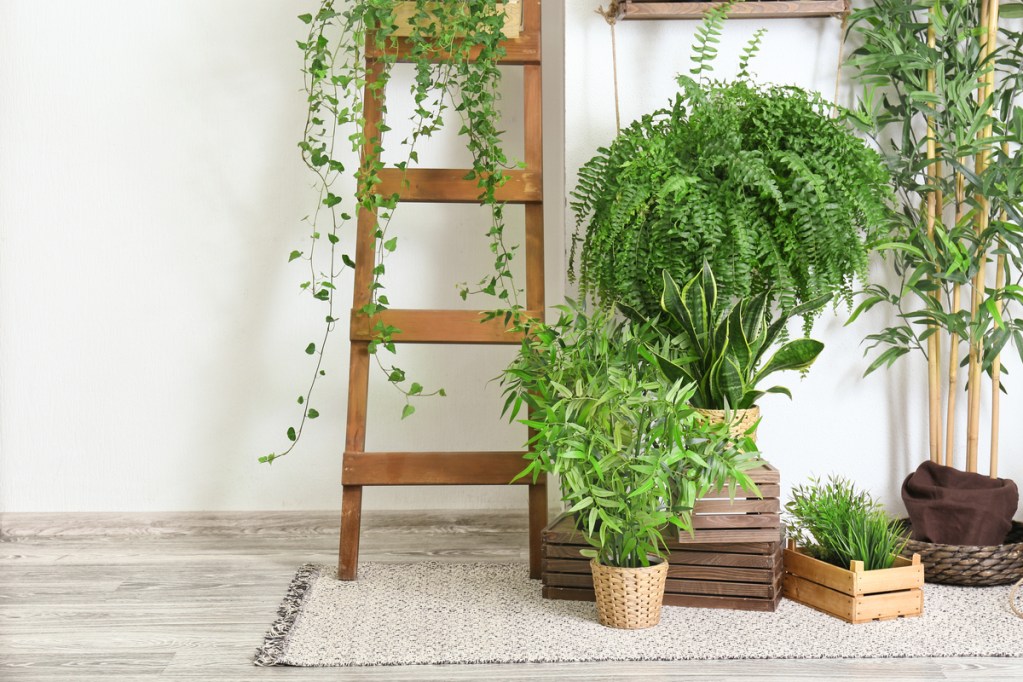
Gardening and caring for houseplants is a hobby stretching back thousands of years, and most people want to give it a try at some point in their lives. If you have a green thumb or experience, then you can grow practically any plant your heart desires, but what if you’re just starting out or have tried and failed to keep plants alive in the past? Not to worry.
These five plants aren’t just beautiful, but they’re also easy to grow. Any beginner can care for these easy indoor plants, so start with this list and work your way up to more difficult plants.
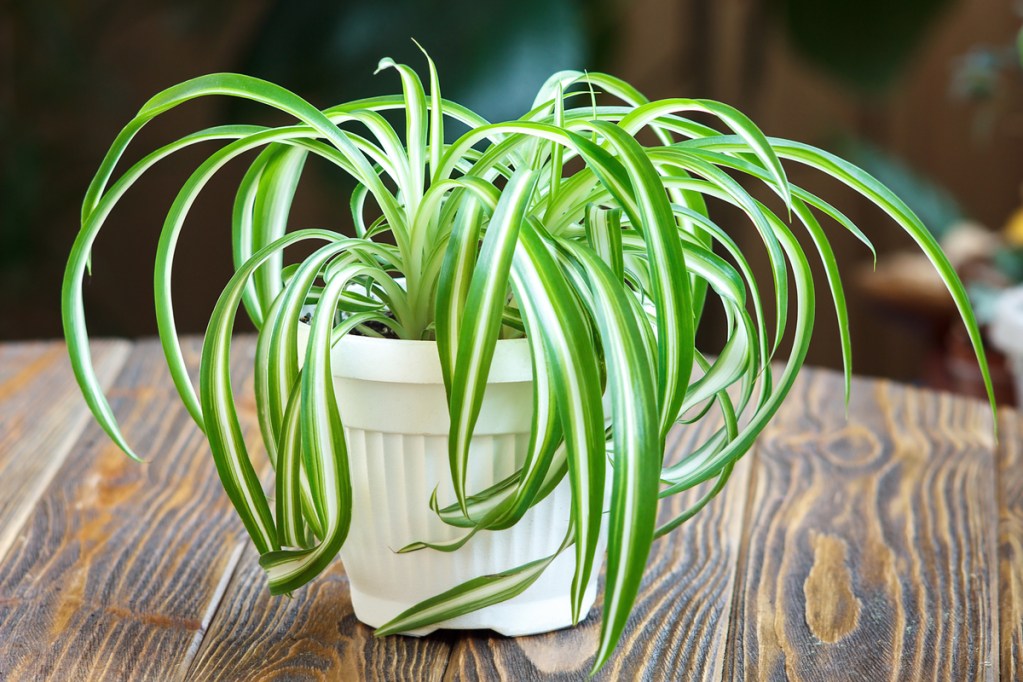
Spider plant
Spider plants are beautiful and resilient plants that tolerate most conditions and a fair bit of neglect. They do well in hanging baskets as well as standing pots, and they make great office plants. For the best results, place your spider plant in bright, indirect light and water it once a week to every other week.
However, spider plants recover easily from dry spells or too much shade. They are a great choice for gardeners who sometimes forget to care for their plants. If you do forget to water your spider plant, simply remove the brown leaves and resume watering it weekly. Spider plants are also a good choice if you’re interested in propagation, as they are among the easiest plants to propagate.
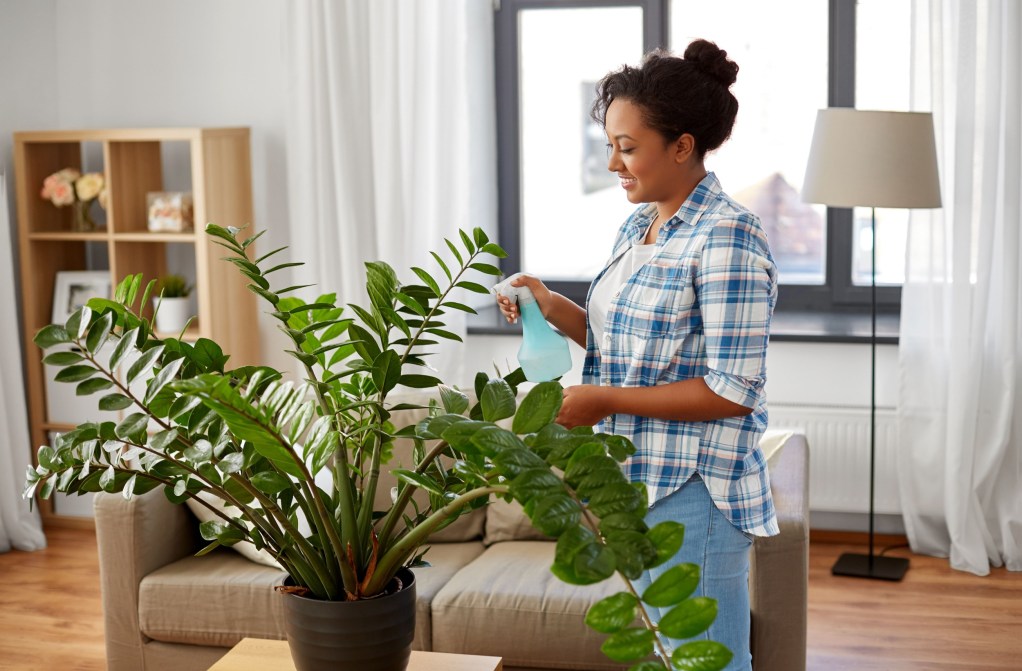
ZZ plant
ZZ plants are popular choices for offices and other spaces where there may not be much natural light. While they grow best under bright, indirect light, they will grow in shade and fluorescent lighting as well. ZZ plants thrive in average, well-draining soil and only need to be watered every few weeks or once a month.
Similarly to spider plants, ZZ plants will recover quickly from drought and neglect, so don’t panic if you forget to water them for a while. To ensure the leaves look glossy and stay healthy, gently wipe them with a damp cloth a few times a year to get rid of any built-up dust or dirt. While your ZZ plant can survive without this, it does help improve its appearance and overall health.
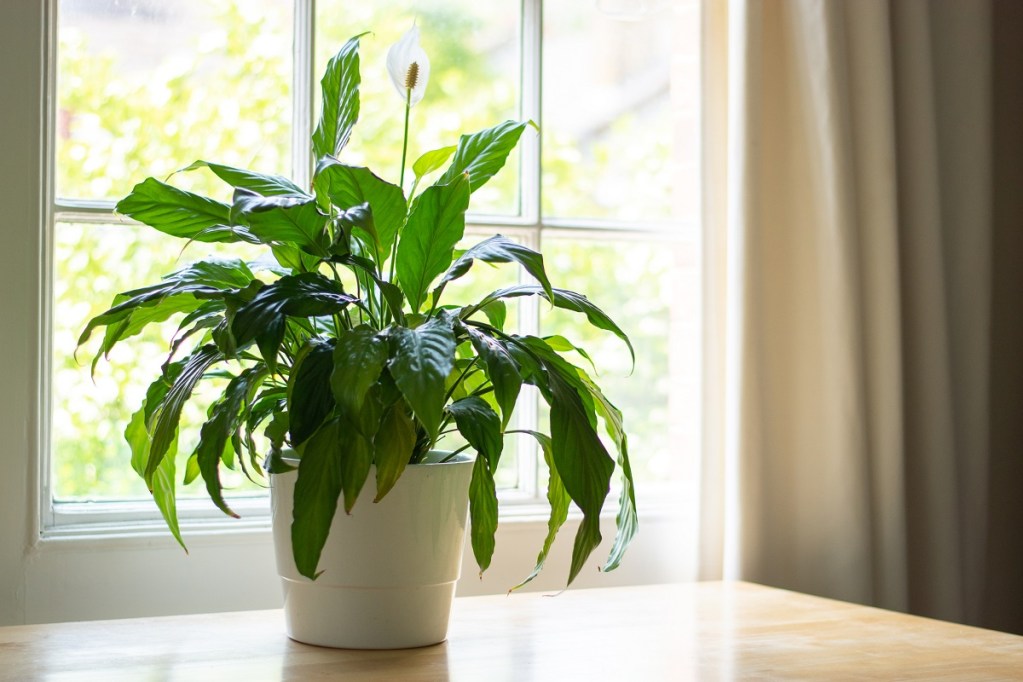
Peace lily
Peace lilies are a great option for gardeners looking for easy indoor plants that flower. Peace lilies are calming, purify the air, and are remarkably easy to grow. They tolerate almost any lighting condition, but they can burn in intense direct light. However, indirect light, full shade, and even fluorescent lights are all suitable environments for peace lilies.
Peace lilies can tolerate some drought, but they prefer a more regular watering schedule. Plant them in well-draining soil and water them whenever the top few inches of soil are dry. Peace lilies can grow quite large, but they are also easy to divide. Peace lilies do best in moderate to high humidity, so keep them away from air vents and mist them occasionally.
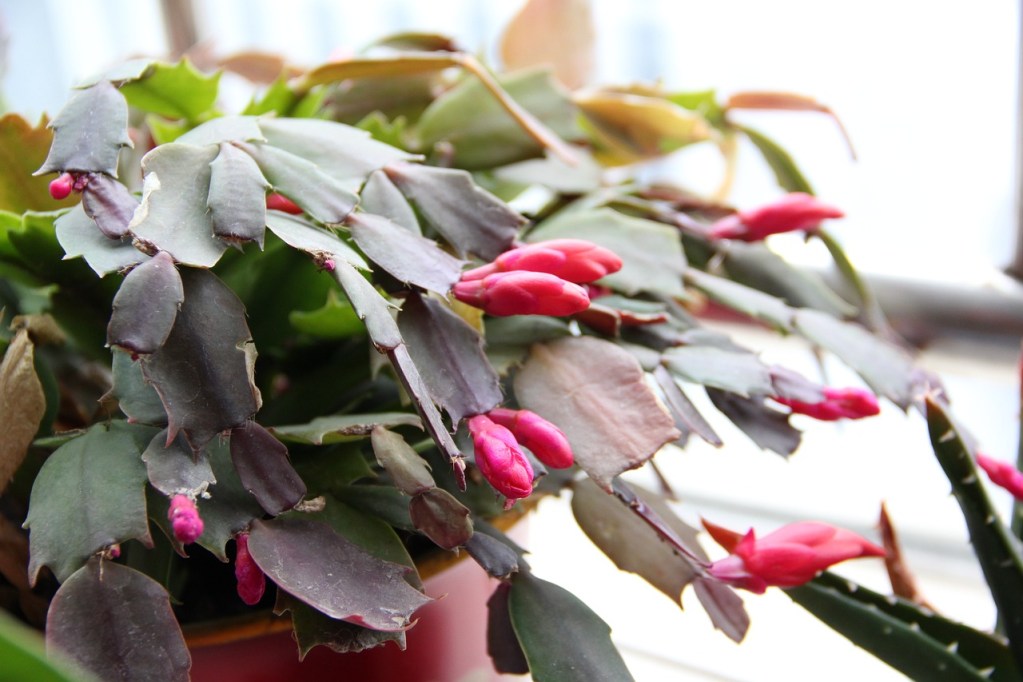
Christmas cactus
The Christmas cactus, along with its relative, the Thanksgiving cactus, is an easy-to-grow succulent that grows beautiful flowers when the weather begins to cool off. These flowers range from red and pink to purple, and one plant can produce many of them. They’re also easy to propagate and can recover even from severe neglect.
To keep your cactus as healthy as possible and encourage it to bloom, place it in bright, indirect light and water it when the soil dries out. If you live in a region with well-defined seasons, then your Christmas cactus should pick up on the seasonal changes without issue. However, for gardeners in more tropical regions, you can mimic the seasonal changes by moving your cactus to a darker, cooler room a few weeks before you want it to bloom.
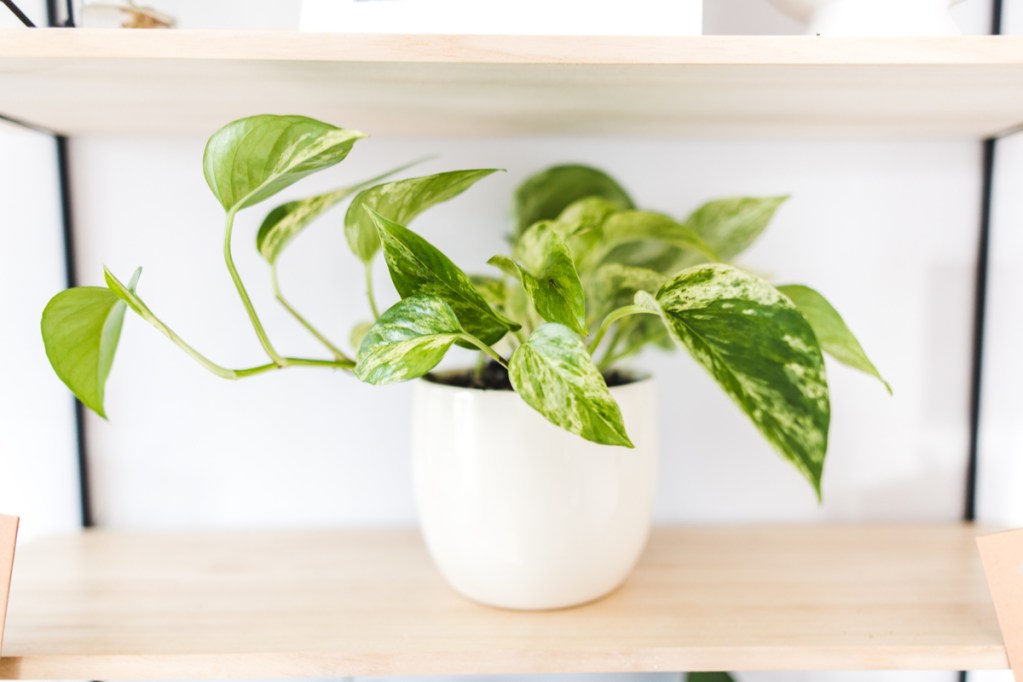
Pothos
Pothos is often called devil’s ivy for its habit of growing out of control, and it is so resilient that poor care barely slows it down at all. Perfect for beginners and gardeners who have struggled to keep other plants alive, pothos has many interesting varieties with different leaf colors and patterns.
Pothos thrive in bright, indirect light but will grow in partial sun, shade, and fluorescent lighting as well. Water your pothos every one to three weeks, but don’t stress if it goes a little longer between waterings. Since this plant can grow too wild, pruning is important. Simply cut vines that are growing too long right above a leaf node. You can even propagate your pothos using the cut vine.
These easy indoor plants are good ways to start your garden and learn the basics of plant care, but they’re beautiful and rewarding choices for experienced gardeners as well. No matter your reason for choosing these plants, any one of these five easy indoor plants will liven up your home or office. Even if you make a mistake, these plants are forgiving and will bounce back quickly, so there’s no reason not to give them a try.



